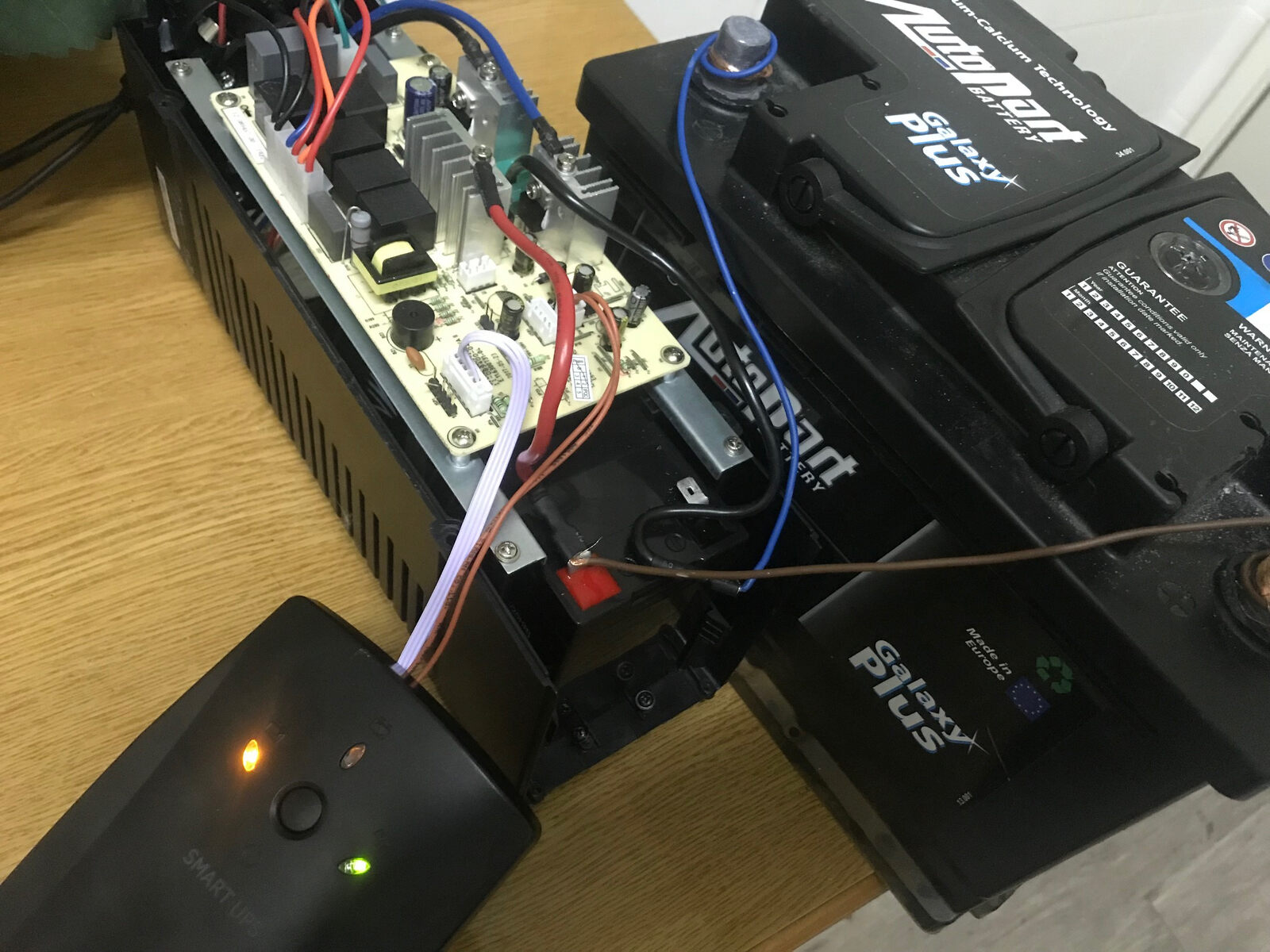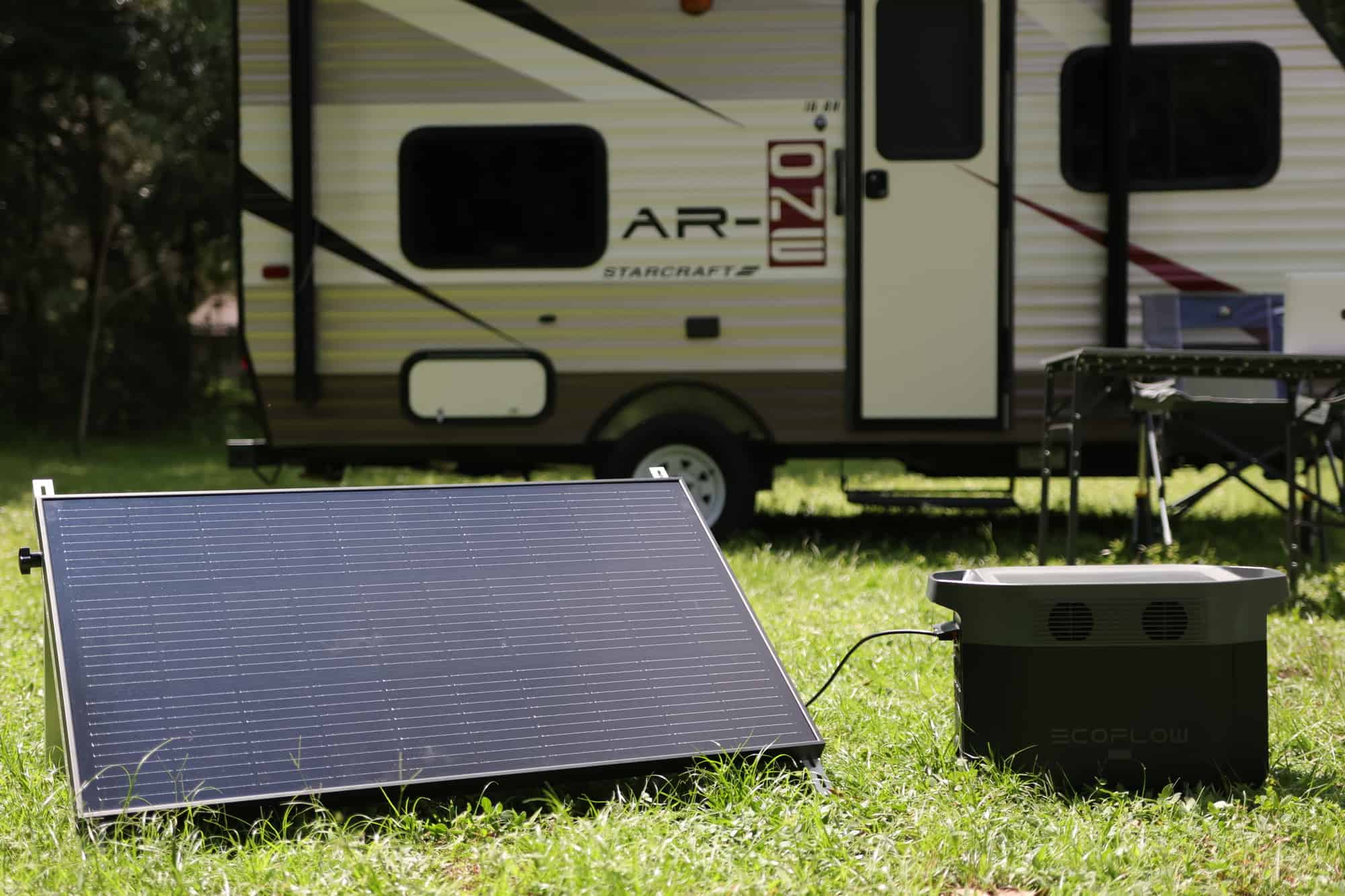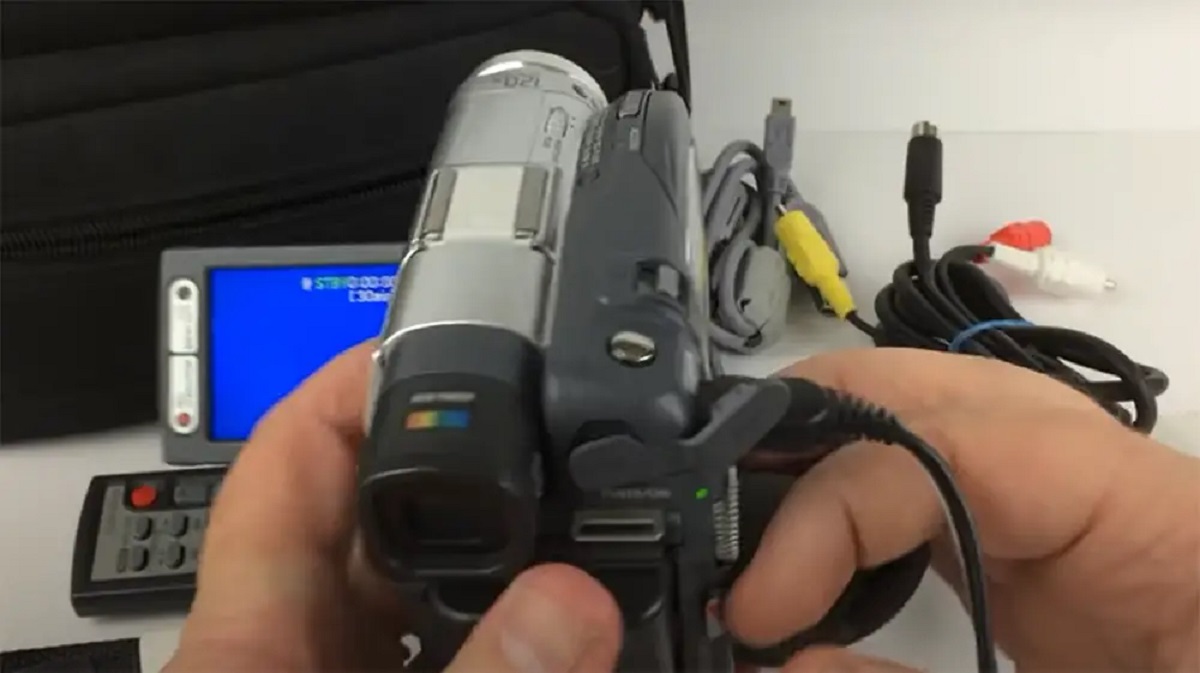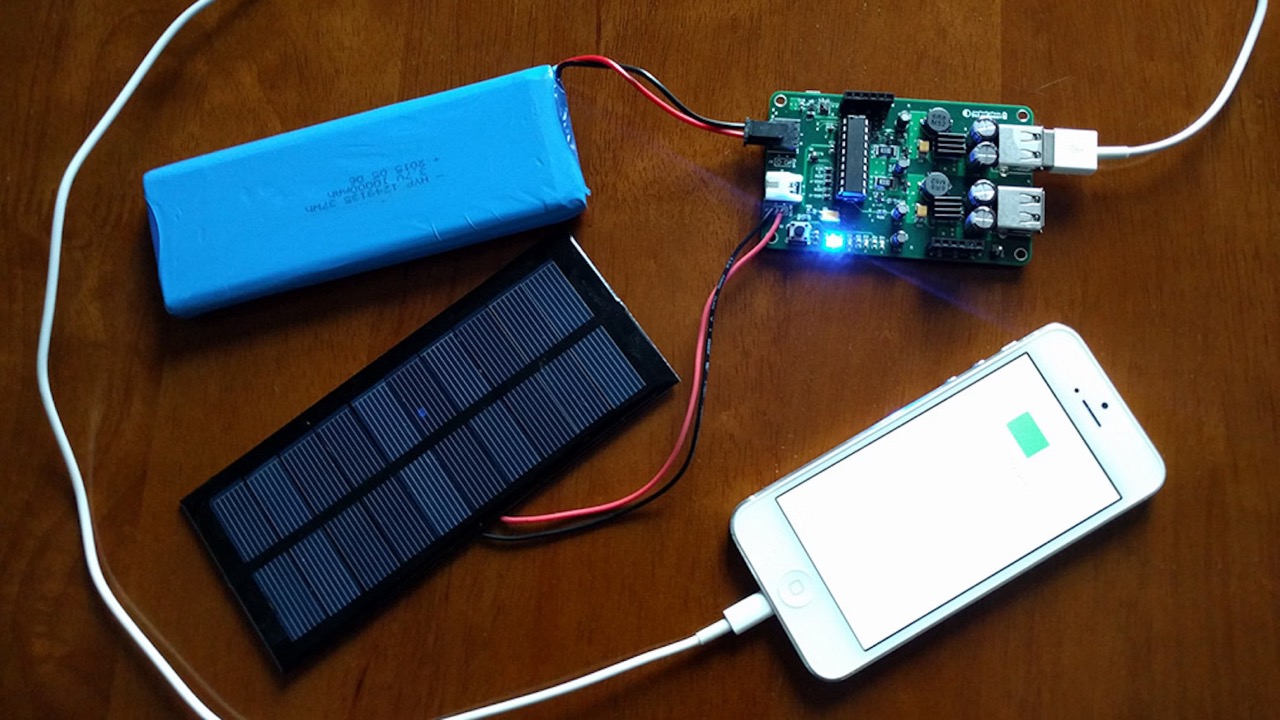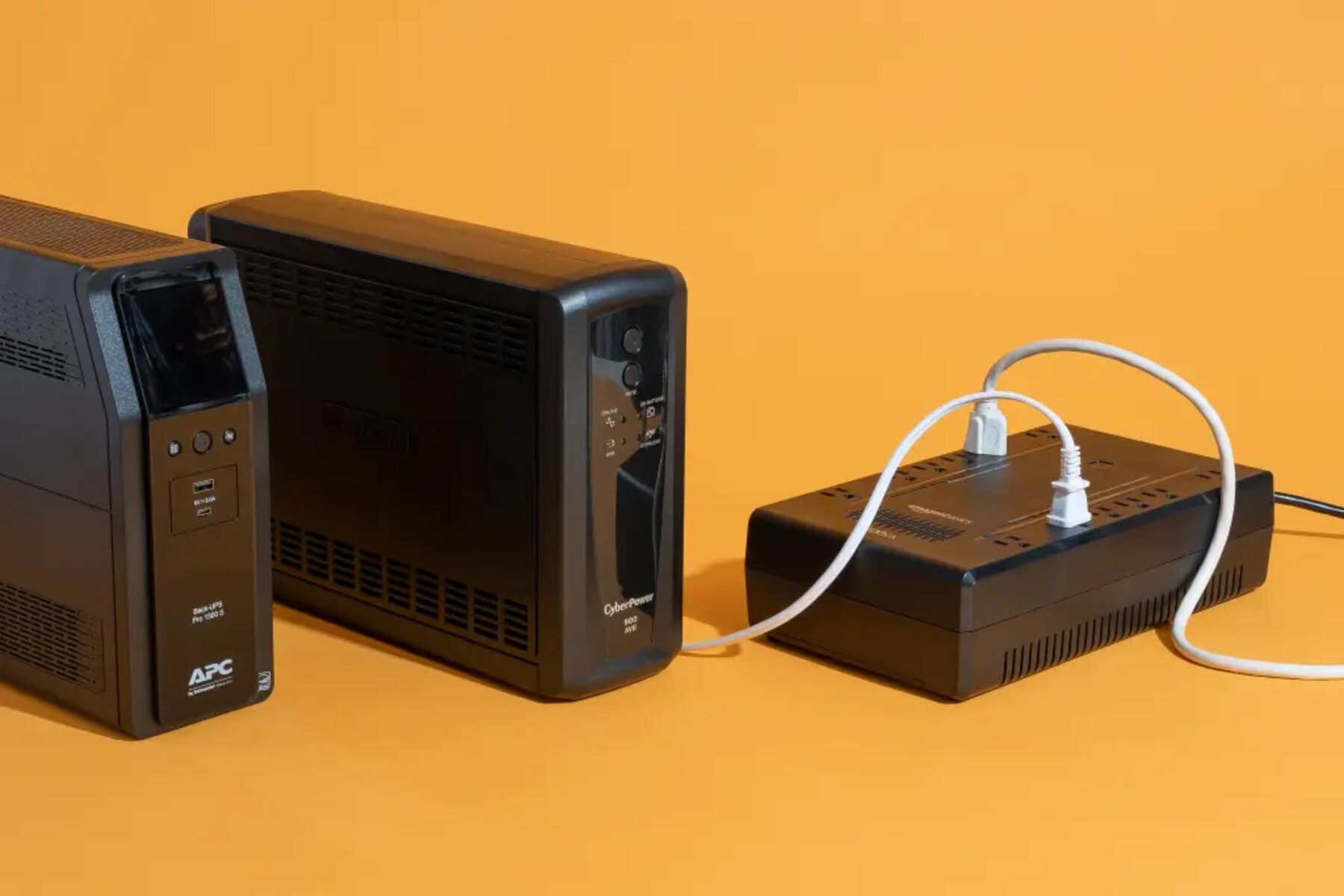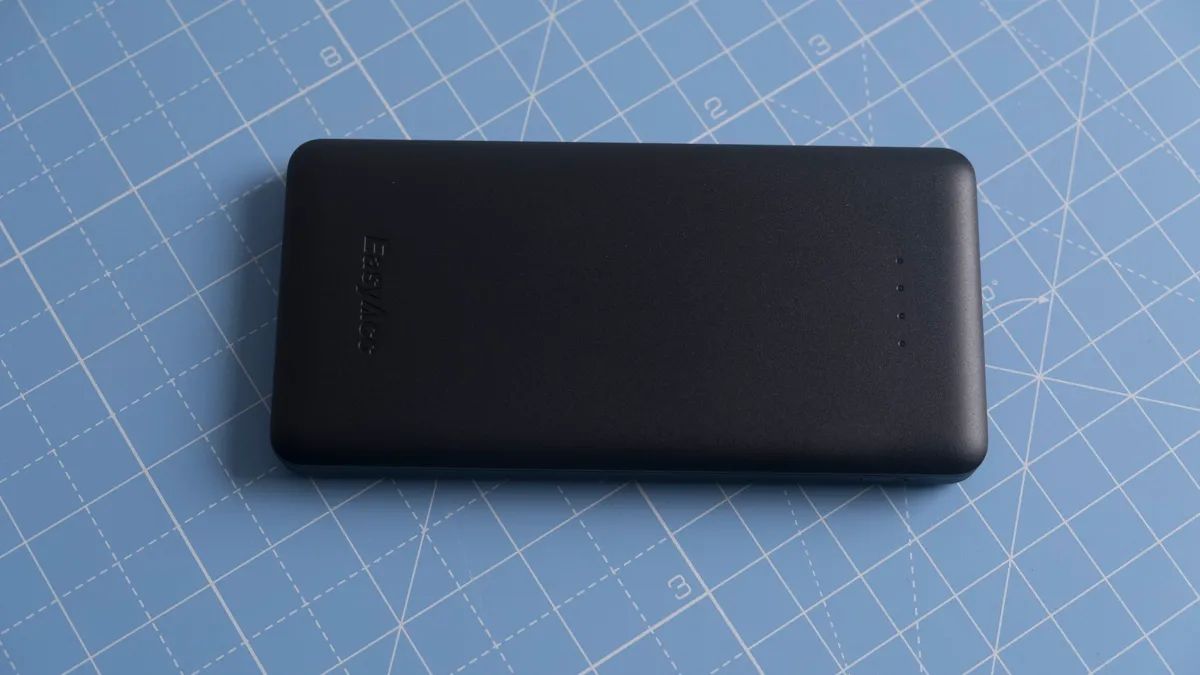Introduction
A UPS battery, or Uninterruptible Power Supply battery, plays a vital role in ensuring uninterrupted power supply to critical devices during power outages or fluctuations. The UPS battery acts as a backup power source, providing immediate power to connected devices until primary power is restored or the users have enough time to safely shut them down. While the functionality and importance of UPS batteries are widely known, the specific type of current that charges these batteries may not be as familiar.
Understanding the type of current used for UPS battery charging is crucial because it directly impacts the battery’s performance, lifespan, and overall reliability. In this article, we will delve into the different types of current charges for UPS batteries in order to shed light on their characteristics and advantages.
By gaining insights into the various types of current charges, you will develop a deeper understanding of how UPS batteries are charged and how the charging process affects their operation. This knowledge will enable you to make informed decisions when selecting and maintaining UPS batteries, ensuring optimal performance and efficiency for your critical devices.
How Does a UPS Battery Work?
Before delving into the charging process of a UPS battery, it is important to understand how a UPS battery works in the first place. A UPS battery is essentially a rechargeable energy storage device that consists of one or more batteries housed within a UPS system. The primary function of a UPS battery is to provide backup power during instances of power outages or voltage fluctuations.
When the primary power supply is stable, the UPS system continuously charges the batteries, ensuring they are ready to supply power when needed. The UPS system also conditions the power supply, ensuring a stable and clean output to connected devices. In the event of a power outage or voltage disturbance, the UPS system detects the interruption and automatically switches to battery power, providing an uninterrupted power supply to connected devices for a specified period of time.
The UPS battery acts as a temporary power source, allowing critical devices to remain operational until primary power is restored or until users have enough time to safely shut down the devices. This not only protects vital information and prevents data loss but also prevents damage to sensitive equipment caused by sudden power fluctuations.
Once the primary power supply is restored or stabilized, the UPS system automatically switches back to using the primary power source and begins recharging the batteries to ensure they are ready for the next power disruption. The recharge process ensures that the UPS battery is fully charged and capable of providing backup power as needed in the future.
Overall, the UPS battery works by continuously monitoring the primary power source, switching to battery power when necessary, and recharging itself when the primary power is restored. This seamless transition between power sources ensures uninterrupted power supply to critical devices, protecting them from power interruptions and providing users with peace of mind.
Understanding Battery Charging
Battery charging is the process of replenishing the energy stores of a battery to ensure its optimal performance and longevity. In the case of UPS batteries, a proper charging process is essential to maintain their capacity and extend their overall lifespan.
When a battery is discharged, the chemical reactions within it create a flow of electrons, generating an electric current. During the charging process, the flow of electrons is reversed, and the energy lost during discharge is restored. This is achieved by applying an external electrical current to the battery, which leads to the accumulation of energy within its cells.
The charging process involves controlling the amount and type of current supplied to the battery. Different types of batteries require different charging parameters to ensure efficient charging and avoid damage or reduced performance. For UPS batteries, which are commonly sealed lead-acid (SLA) or lithium-ion batteries, the charging process is typically controlled by the UPS system or a dedicated charger.
Proper battery charging typically involves multiple stages, including bulk charging, absorption charging, and float charging. These stages help to optimize the overall charging process and promote the longevity of the battery.
During the bulk charging stage, a constant current (CC) is supplied to the battery, allowing it to rapidly regain a significant portion of its charge. This initial stage is primarily aimed at quickly replenishing the battery’s charge level.
Once the battery reaches a specific threshold voltage, the charger transitions to the absorption charging stage. In this stage, the charger maintains a constant voltage (CV) while gradually reducing the charging current. This helps the battery to reach its full capacity and ensures that the charge is evenly distributed among its cells.
After the absorption charging stage, some chargers may enter the trickle charging stage, where a low trickle current is applied to the battery to compensate for any self-discharge and maintain its charge level. Additionally, some UPS systems may utilize float charging, where a continuous low-level current is applied to the battery to keep it fully charged while preventing overcharging or sulfation.
Understanding the different stages of battery charging and the appropriate type of current to apply is crucial to maintain the health and maximize the lifespan of UPS batteries. Additionally, factors such as temperature, battery age, and the overall efficiency of the charging system can also affect the charging process and should be taken into consideration to ensure optimal battery performance.
Types of Current Charges for UPS Batteries
When it comes to charging UPS batteries, there are several types of current charges that can be used. Each type of charging method serves a different purpose and has its own advantages and considerations. Understanding these different types of current charges is essential for effectively maintaining and optimizing UPS battery performance. Let’s explore some of the most common types:
-
Constant Current (CC) Charging:
In this charging method, a constant current is applied to the battery until it reaches a predefined voltage threshold. This charging method allows the battery to charge quickly and efficiently, particularly during the initial stage of charging when the battery’s charge level is low. The constant current charging method is beneficial for reducing charging time and ensuring the battery reaches a sufficient charge level promptly.
-
Constant Voltage (CV) Charging:
Once the battery reaches the predefined voltage threshold, the charger switches to the constant voltage charging method. In this method, the charger maintains a constant voltage while gradually reducing the charging current. This technique ensures a controlled and gradual charging process, preventing overcharging and minimizing the risk of battery damage. The constant voltage charging method is effective for fully charging the battery and ensuring that each cell receives the appropriate charge.
-
Trickle Charging:
Trickle charging is a low-level continuous charging method that is commonly used in maintenance charging or to compensate for self-discharge in the battery. It provides a constant, low-level current to keep the battery topped up and offset any natural loss of charge. Trickle charging helps to maintain the battery’s charge level over an extended period, ensuring it is always ready for use.
-
Float Charging:
Float charging is another continuous charging method that applies a low-level current to the battery to keep it fully charged. However, unlike trickle charging, the float charging method is designed to maintain the battery’s charge level over an extended period without causing overcharging or damage. Float charging is particularly useful for long-term battery backup applications, where the battery remains connected to the charger for extended periods without being used.
The choice of which type of current charge to use for UPS batteries depends on factors such as the battery chemistry, manufacturer recommendations, and the specific requirements of the UPS system. It is crucial to follow the recommended charging method to ensure optimal battery performance, longevity, and reliability.
Constant Current (CC) Charging
Constant Current (CC) charging is a common method used to charge UPS batteries efficiently and quickly. In this charging method, a constant current is applied to the battery until it reaches a predefined voltage threshold. This ensures that the battery charges at a consistent rate, allowing it to regain a substantial portion of its charge in a short amount of time.
During the initial stage of charging, when the battery’s charge level is low, constant current charging helps accelerate the charging process. By supplying a steady flow of current, the battery can rapidly increase its charge level, reducing the overall charging time.
One of the primary advantages of constant current charging is its ability to provide an efficient charge without the risk of overcharging the battery. The constant current flow is regulated by the charging circuit or the UPS system, ensuring that the charging process remains controlled and within safe limits.
Furthermore, constant current charging is particularly beneficial for rechargeable battery chemistries, such as sealed lead-acid (SLA) batteries, commonly used in UPS applications. These types of batteries can handle high charging currents, and constant current charging takes advantage of this characteristic to replenish their charge quickly.
It is important to note that while constant current charging can expedite the charging process, it is essential to monitor the battery’s voltage and transition to the appropriate charging method once the predefined voltage threshold is reached. The constant current charging stage typically transitions to the constant voltage (CV) charging stage, where the charger maintains a steady voltage while gradually reducing the charging current.
By utilizing constant current charging, UPS batteries can be efficiently charged, reducing the downtime required for the battery to reach an acceptable charge level. This is particularly advantageous in UPS applications, where rapid recharging is necessary to regain adequate backup power in the shortest possible time.
It’s important to follow manufacturer guidelines when implementing constant current charging for UPS batteries. The recommended charge rate and duration will vary based on the battery chemistry, capacity, and manufacturer specifications.
Overall, constant current charging is an effective charging method that allows UPS batteries to recharge quickly and efficiently. By providing a steady and controlled flow of current during the initial charging stage, constant current charging ensures that UPS batteries are ready to provide the required backup power when needed.
Constant Voltage (CV) Charging
Constant Voltage (CV) charging is an important charging method used for UPS batteries. Once the battery reaches a predefined voltage threshold, the charger transitions from constant current charging to constant voltage charging. In this charging method, the charger maintains a steady voltage across the battery terminals while gradually reducing the charging current.
The primary purpose of constant voltage charging is to ensure that the battery is fully charged without the risk of overcharging. By applying a constant voltage, the charging process becomes more controlled, preventing excessive charging that could lead to battery damage or reduced performance.
During the constant voltage charging stage, the battery’s charge level continues to rise as the remaining capacity is replenished. The charger continuously monitors the battery’s voltage and adjusts the charging current to maintain a steady voltage. This helps ensure that each cell in the battery receives the appropriate charge, resulting in a balanced charge distribution and optimal battery performance.
Constant voltage charging is especially beneficial for sealed lead-acid (SLA) batteries commonly used in UPS applications. SLA batteries have specific voltage requirements for proper charging, and the constant voltage charging method ensures that these requirements are met. It allows the battery to reach its full capacity, ensuring that it can provide maximum backup power during a power outage or voltage fluctuation.
It’s worth noting that the charging current gradually reduces during constant voltage charging as the battery’s charge level increases. This controlled reduction helps prevent overcharging, which can lead to electrolyte depletion, gassing, and accelerated aging of the battery. It also helps maintain the battery’s temperature within safe limits during the charging process.
It is important to follow the manufacturer’s recommended charging parameters for constant voltage charging. The voltage threshold and charging current should be set according to the battery’s specifications to ensure safe and optimal charging.
By utilizing constant voltage charging, UPS batteries can be charged to their full capacity while minimizing the risk of overcharging. This method ensures that the battery is ready to provide uninterrupted power to critical devices during a power interruption. It is an essential charging method that ensures the longevity and reliability of UPS batteries in various applications.
Trickle Charging
Trickle charging is a charging method commonly used to maintain the charge level of UPS batteries over an extended period. It involves supplying a low-level continuous current to the battery, compensating for any self-discharge and keeping the battery in a fully charged state.
The primary purpose of trickle charging is to offset the natural loss of charge that batteries experience over time, especially when they are not in use. It is particularly useful for UPS batteries that require long-term backup power and need to remain connected to the charging system for extended periods without being utilized.
Trickle charging helps prevent the battery from fully discharging and entering a state where it may be difficult to recharge or recover. By continuously applying a low-level current, the battery remains topped up, ensuring it is always ready for use during a power outage or voltage fluctuation.
The trickle charging method can also help extend the overall lifespan of UPS batteries. By keeping the battery in a fully charged state, it reduces the likelihood of sulfation, a process in which lead-acid batteries accumulate sulfate crystals on their plates. Sulfation can significantly reduce battery capacity and performance over time, so maintaining a continuous trickle charge can help prevent or minimize this effect.
It’s important to note that the charging current used in trickle charging is significantly lower than the initial charging currents used in constant current or constant voltage charging. The low-level current is capable of compensating for the battery’s self-discharge without risking overcharging or damaging the battery. This ensures the charging process remains safe and efficient.
Trickle chargers are specifically designed to provide the appropriate low-level current for trickle charging applications. These chargers are often equipped with voltage and current control mechanisms to prevent excessive charging and safeguard the battery against overcharging. Some UPS systems also have built-in trickle charging capabilities, allowing the batteries to remain connected to the charger without any external devices.
While trickle charging is beneficial for maintaining the charge of UPS batteries, it is important to monitor the battery’s temperature during the charging process. Prolonged exposure to continuous charging can increase the battery’s temperature, leading to accelerated aging or reduced performance. Therefore, it is crucial to follow manufacturer recommendations and ensure that the charging parameters align with the battery’s specifications.
By implementing trickle charging, UPS batteries can be kept in a fully charged state, ready to provide backup power when needed. This charging method helps extend battery life, prevent sulfation, and ensure continuous and reliable operation of UPS systems.
Float Charging
Float charging is a continuous charging method used to keep UPS batteries fully charged over an extended period without risking overcharging or damaging the battery. It involves applying a continuous low-level current to the battery, maintaining its charge level while minimizing the risk of electrolyte depletion or excessive gassing.
The primary purpose of float charging is to ensure that UPS batteries are always at their optimal charge level, ready to provide uninterrupted power during a power outage or voltage fluctuation. This charging method is often used in applications where the battery remains connected to the charger for long periods without being used, such as in standby or backup power systems.
During float charging, the charger supplies a continuous low-level current that is less than the battery’s self-discharge rate. This compensates for any natural loss of charge due to self-discharge, temperature variations, or internal leakage, keeping the battery at full capacity.
Float charging is particularly suitable for sealed lead-acid (SLA) batteries commonly used in UPS applications. SLA batteries can tolerate continuous charging without the risk of overcharging or damage. The low-level current provided during float charging helps minimize the formation of harmful sulfation, which can reduce battery capacity and performance over time.
It’s important to note that the charging voltage during float charging is carefully regulated to prevent overcharging. The charger monitors the battery’s voltage and adjusts the charging current to maintain a constant voltage within safe limits. This ensures that the battery remains fully charged while preventing gassing or electrolyte loss.
Float charging can be implemented through dedicated float chargers or engineered into UPS systems that have built-in float charging capabilities. These chargers and systems are designed to provide optimal charge management and monitoring to prevent overcharging and maintain battery health.
While float charging is an effective continuous charging method, it’s essential to periodically monitor the battery’s condition and perform routine maintenance to ensure optimal performance. Regular checks of voltage, electrolyte levels (if applicable), and physical battery condition will help identify any issues and allow for timely maintenance or replacement if needed.
By using float charging, UPS batteries can be kept at their best performance level, ready to provide reliable backup power when required. This charging method contributes to the longevity and reliability of the UPS system, ensuring its effectiveness in critical power situations.
Factors Affecting the Type of Current Charge
The type of current charge used for UPS batteries is influenced by several factors that need to be taken into consideration to ensure optimal charging and battery performance. These factors include battery chemistry, manufacturer recommendations, battery capacity, and specific application requirements.
1. Battery Chemistry: Different battery chemistries require specific charging parameters to ensure efficient and safe charging. For example, sealed lead-acid (SLA) batteries commonly used in UPS applications can handle high charging currents and can benefit from both constant current (CC) and constant voltage (CV) charging methods. On the other hand, lithium-ion batteries require a more controlled charging approach to prevent overcharging and ensure their longevity.
2. Manufacturer Recommendations: Manufacturers often provide guidelines and recommendations for charging their batteries. These recommendations include the type of current charge to use, voltage thresholds, and charging durations. Following these guidelines is crucial to ensure the battery’s warranty remains intact and to optimize the battery’s performance and lifespan.
3. Battery Capacity: The capacity of the battery, measured in ampere-hours (Ah), plays a role in determining the appropriate type of current charge. Higher capacity batteries may require longer charging durations and may benefit from a combination of constant current (CC) and constant voltage (CV) charging to ensure a full charge is achieved.
4. Specific Application Requirements: The specific application requirements also play a role in determining the type of current charge. For example, UPS batteries used in environments with frequent power disruptions may require constant current charging to quickly restore their charge level. On the other hand, batteries used for long-term backup power may benefit from trickle charging or float charging methods to maintain their charge without overcharging.
Considering these factors helps determine the most suitable type of current charge to use for UPS batteries. It is important to select the appropriate charging method based on the battery chemistry, follow manufacturer recommendations, consider the battery’s capacity, and align the charging approach with the specific application requirements.
By ensuring the correct type of current charge is used, UPS batteries can be charged efficiently, maintaining their capacity and maximizing their lifespan. It is crucial to strike the right balance between charging speed, safety, and battery health to ensure reliable backup power during power disruptions.
Conclusion
Understanding the different types of current charges for UPS batteries is essential for optimizing their performance, maintaining their capacity, and extending their overall lifespan. Constant current (CC) charging allows for quick and efficient charging during the initial stages, while constant voltage (CV) charging ensures a controlled and gradual charging process without the risk of overcharging. Trickle charging and float charging methods help maintain the battery’s charge level over time, preventing self-discharge and sulfation.
Several factors influence the choice of current charge, including battery chemistry, manufacturer recommendations, battery capacity, and specific application requirements. It is important to consider these factors to select the most suitable charging method that aligns with the battery’s specifications and operational needs.
By implementing the correct type of current charge, UPS batteries can be efficiently charged, ensuring they are always ready to provide uninterrupted power in critical situations. It is recommended to follow manufacturer guidelines, utilize dedicated chargers or built-in charging capabilities within UPS systems, and regularly monitor the battery’s condition to maintain optimal performance.
Properly charging UPS batteries not only ensures their reliability but also contributes to the overall effectiveness of UPS systems in providing uninterrupted power to critical devices. Whether it be for home use, small businesses, or large-scale data centers, understanding and implementing the appropriate type of current charge is key to maintaining the efficiency and longevity of UPS batteries.







